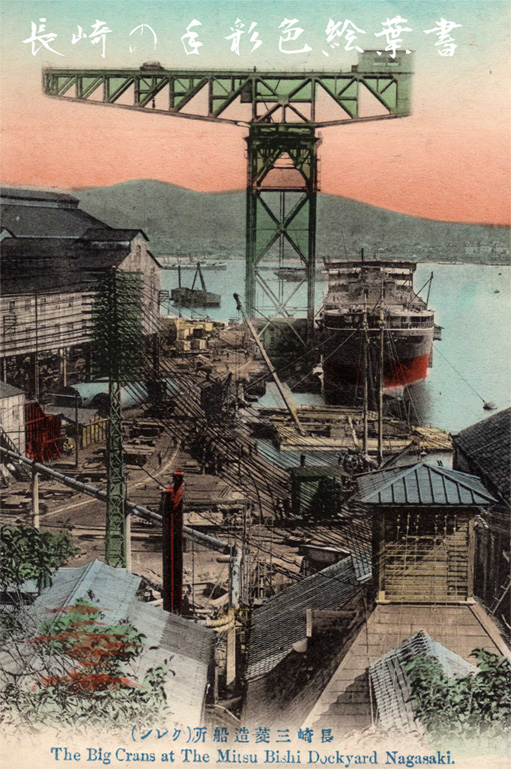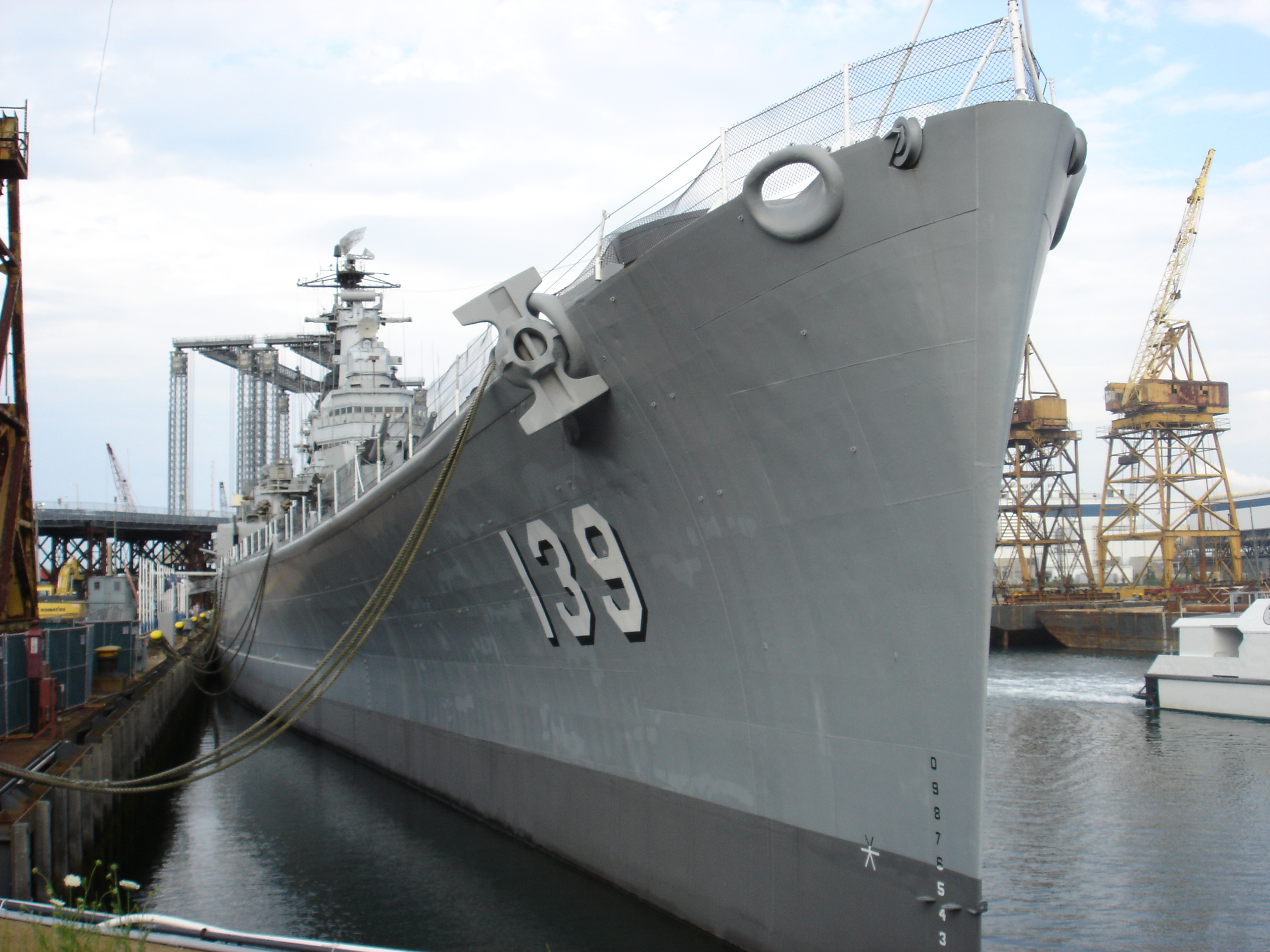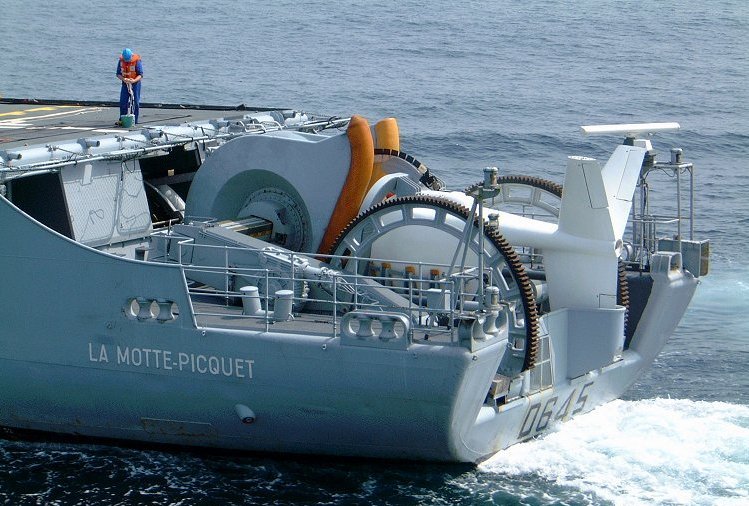|
JDS Takashio (SS-571)
JDS ''Takashio'' (SS-571) was the sixth boat of thes. She was commissioned on 30 January 1976. Construction and career ''Takashio'' was laid down at Mitsubishi Heavy Industries Kobe Shipyard on 6 July 1973 and launched on 30 June 1975. She was commissioned on 30 January 1976, into the 1st Submarine Group. On March 7, 1978, the 6th Submarine was newly formed under the 1st Submarine Group, and was incorporated with JDS Yaeshio At least two warships of Japan have been named ''Yaeshio'': *, an launched in 1977 and struck in 1996 *, an launched in 2004 {{DEFAULTSORT:Yaeshio Japanese Navy ship names Japan Maritime Self-Defense Force ship names ... commissioned on the same day. She participated in Hawaii dispatch training from August 18 to November 16, 1979. She participated in Hawaii dispatch training from January 18 to April 19, 1984. On July 6, 1992, she was reclassified as an auxiliary submarine, her hull number was number changed to ATSS-8004, and she became a s ... [...More Info...] [...Related Items...] OR: [Wikipedia] [Google] [Baidu] |
Pennant Number
In the Royal Navy and other navies of Europe and the Commonwealth of Nations, ships are identified by pennant number (an internationalisation of ''pendant number'', which it was called before 1948). Historically, naval ships flew a flag that identified a flotilla or type of vessel. For example, the Royal Navy used a red burgee for torpedo boats and a pennant with an H for torpedo boat destroyers. Adding a number to the type-identifying flag uniquely identified each ship. In the current system, a letter prefix, called a ''flag superior'', identifies the type of ship, and numerical suffix, called a flag inferior, uniquely identifies an individual ship. Not all pennant numbers have a flag superior. Royal Navy systems The Royal Navy first used pennants to distinguish its ships in 1661 with a proclamation that all of his majesty's ships must fly a union pennant. This distinction was further strengthened by a proclamation in 1674 which forbade merchant vessels from flying any penna ... [...More Info...] [...Related Items...] OR: [Wikipedia] [Google] [Baidu] |
Kure
is a port and major shipbuilding city situated on the Seto Inland Sea in Hiroshima Prefecture, Japan. With a strong industrial and naval heritage, Kure hosts the second-oldest naval dockyard in Japan and remains an important base for the Japan Maritime Self-Defence Force (JMSDF) named, JMSDF Kure Naval Base. , the city has an estimated population of 228,030 and a population density of 646 persons per km2. The total area is 352.80 km2. History The Kure Naval District was first established in 1889, leading to the construction of the Kure Naval Arsenal and the rapid growth of steel production and shipbuilding in the city. Kure was formally incorporated on October 1, 1902. From 1889 until the end of World War II, the city served as the headquarters of the Kure Naval District. Kure dockyards recorded a number of significant engineering firsts including the launching of the first major domestically built capital ship, the battlecruiser '' Tsukuba'' (1905) and the launch ... [...More Info...] [...Related Items...] OR: [Wikipedia] [Google] [Baidu] |
Mitsubishi Heavy Industries
is a Japanese multinational engineering, electrical equipment and electronics corporation headquartered in Tokyo, Japan. MHI is one of the core companies of the Mitsubishi Group and its automobile division is the predecessor of Mitsubishi Motors. MHI's products include aerospace and automotive components, air conditioners, elevators, forklift trucks, hydraulic equipment, printing machines, missiles, tanks, power systems, ships, aircraft, railway systems, and space launch vehicles. Through its defense-related activities, it is the world's 23rd-largest defense contractor measured by 2011 defense revenues and the largest based in Japan. History In 1857, at the request of the Tokugawa Shogunate, a group of Dutch engineers were invited, including Dutch naval engineer Hendrik Hardes, and began work on the ''Nagasaki Yotetsusho'' 長崎鎔鉄所 , a modern, Western-style foundry and shipyard near the Dutch settlement of Dejima, at Nagasaki. This was renamed ''Nagasaki Seit ... [...More Info...] [...Related Items...] OR: [Wikipedia] [Google] [Baidu] |
Kobe
Kobe ( , ; officially , ) is the capital city of Hyōgo Prefecture Japan. With a population around 1.5 million, Kobe is Japan's seventh-largest city and the third-largest port city after Tokyo and Yokohama. It is located in Kansai region, which makes up the southern side of the main island of Honshū, on the north shore of Osaka Bay. It is part of the Keihanshin metropolitan area along with Osaka and Kyoto. The Kobe city centre is located about west of Osaka and southwest of Kyoto. The earliest written records regarding the region come from the '' Nihon Shoki'', which describes the founding of the Ikuta Shrine by Empress Jingū in AD 201.Ikuta Shrine official website – "History of Ikuta Shrine" (Japanese) [...More Info...] [...Related Items...] OR: [Wikipedia] [Google] [Baidu] |
Bow (ship)
The bow () is the forward part of the hull of a ship or boat, the point that is usually most forward when the vessel is underway. The aft end of the boat is the stern. Prow may be used as a synonym for bow or it may mean the forward-most part of the bow above the waterline. Function A ship's bow should be designed to enable the hull to pass efficiently through the water. Bow shapes vary according to the speed of the boat, the seas or waterways being navigated, and the vessel's function. Where sea conditions are likely to promote pitching, it is useful if the bow provides reserve buoyancy; a flared bow (a raked stem with flared topsides) is ideal to reduce the amount of water shipped over the bow. Ideally, the bow should reduce the resistance and should be tall enough to prevent water from regularly washing over the top of it. Large commercial barges on inland waterways rarely meet big waves and may have remarkably little freeboard at the bow, whereas fast military ve ... [...More Info...] [...Related Items...] OR: [Wikipedia] [Google] [Baidu] |
Torpedo Tube
A torpedo tube is a cylindrical device for launching torpedoes. There are two main types of torpedo tube: underwater tubes fitted to submarines and some surface ships, and deck-mounted units (also referred to as torpedo launchers) installed aboard surface vessels. Deck-mounted torpedo launchers are usually designed for a specific type of torpedo, while submarine torpedo tubes are general-purpose launchers, and are often also capable of deploying mines and cruise missiles. Most modern launchers are standardized on a diameter for light torpedoes (deck mounted aboard ship) or a diameter for heavy torpedoes (underwater tubes), although other sizes of torpedo tube have been used: see Torpedo classes and diameters. Submarine torpedo tube A submarine torpedo tube is a more complex mechanism than a torpedo tube on a surface ship, because the tube has to accomplish the function of moving the torpedo from the normal atmospheric pressure within the submarine into the sea at the ambien ... [...More Info...] [...Related Items...] OR: [Wikipedia] [Google] [Baidu] |
Radar
Radar is a detection system that uses radio waves to determine the distance ('' ranging''), angle, and radial velocity of objects relative to the site. It can be used to detect aircraft, ships, spacecraft, guided missiles, motor vehicles, weather formations, and terrain. A radar system consists of a transmitter producing electromagnetic waves in the radio or microwaves domain, a transmitting antenna, a receiving antenna (often the same antenna is used for transmitting and receiving) and a receiver and processor to determine properties of the objects. Radio waves (pulsed or continuous) from the transmitter reflect off the objects and return to the receiver, giving information about the objects' locations and speeds. Radar was developed secretly for military use by several countries in the period before and during World War II. A key development was the cavity magnetron in the United Kingdom, which allowed the creation of relatively small systems with sub-meter resolution ... [...More Info...] [...Related Items...] OR: [Wikipedia] [Google] [Baidu] |
Sonar
Sonar (sound navigation and ranging or sonic navigation and ranging) is a technique that uses sound propagation (usually underwater, as in submarine navigation) to navigate, measure distances ( ranging), communicate with or detect objects on or under the surface of the water, such as other vessels. "Sonar" can refer to one of two types of technology: ''passive'' sonar means listening for the sound made by vessels; ''active'' sonar means emitting pulses of sounds and listening for echoes. Sonar may be used as a means of acoustic location and of measurement of the echo characteristics of "targets" in the water. Acoustic location in air was used before the introduction of radar. Sonar may also be used for robot navigation, and SODAR (an upward-looking in-air sonar) is used for atmospheric investigations. The term ''sonar'' is also used for the equipment used to generate and receive the sound. The acoustic frequencies used in sonar systems vary from very low ( infrasonic) to ex ... [...More Info...] [...Related Items...] OR: [Wikipedia] [Google] [Baidu] |
Ship Commissioning
Ship commissioning is the act or ceremony of placing a ship in active service and may be regarded as a particular application of the general concepts and practices of project commissioning. The term is most commonly applied to placing a warship in active duty with its country's military forces. The ceremonies involved are often rooted in centuries-old naval tradition. Ship naming and launching endow a ship hull with her identity, but many milestones remain before she is completed and considered ready to be designated a commissioned ship. The engineering plant, weapon and electronic systems, galley, and other equipment required to transform the new hull into an operating and habitable warship are installed and tested. The prospective commanding officer, ship's officers, the petty officers, and seamen who will form the crew report for training and familiarization with their new ship. Before commissioning, the new ship undergoes sea trials to identify any deficiencies needing c ... [...More Info...] [...Related Items...] OR: [Wikipedia] [Google] [Baidu] |
Keel Laying
Laying the keel or laying down is the formal recognition of the start of a ship's construction. It is often marked with a ceremony attended by dignitaries from the shipbuilding company and the ultimate owners of the ship. Keel laying is one of the four specially celebrated events in the life of a ship; the others are launching, commissioning and decommissioning. In earlier times, the event recognized as the keel laying was the initial placement of the central timber making up the backbone of a vessel, called the keel. As steel ships replaced wooden ones, the central timber gave way to a central steel beam. Modern ships are most commonly built in a series of pre-fabricated, complete hull sections rather than around a single keel. The event recognized as the keel laying is the first joining of modular components, or the lowering of the first module into place in the building dock. It is now often called "keel authentication", and is the ceremonial beginning of the ship's li ... [...More Info...] [...Related Items...] OR: [Wikipedia] [Google] [Baidu] |
Ceremonial Ship Launching
Ceremonial ship launching involves the performance of ceremonies associated with the process of transferring a vessel to the water. It is a nautical tradition in many cultures, dating back thousands of years, to accompany the physical process with ceremonies which have been observed as public celebration and a solemn blessing, usually but not always, in association with the launch itself. Ship launching imposes stresses on the ship not met during normal operation and, in addition to the size and weight of the vessel, represents a considerable engineering challenge as well as a public spectacle. The process also involves many traditions intended to invite good luck, such as christening by breaking a sacrificial bottle of champagne over the bow (ship), bow as the ship is named aloud and launched. Methods There are three principal methods of conveying a new ship from building site to water, only two of which are called "launching". The oldest, most familiar, and most widel ... [...More Info...] [...Related Items...] OR: [Wikipedia] [Google] [Baidu] |
JDS Yaeshio (SS-572)
JDS ''Yaeshio'' (SS-572) was the seventh boat of thes. She was commissioned on 7 March 1978. Construction and career ''Takashio'' was laid down at Kawasaki Heavy Industries Kobe Kobe ( , ; officially , ) is the capital city of Hyōgo Prefecture Japan. With a population around 1.5 million, Kobe is Japan's seventh-largest city and the third-largest port city after Tokyo and Yokohama. It is located in Kansai region, whic ... Shipyard on 14 April 1975 and launched on 19 May 1977. She was commissioned on 7 March 1978, into the 1st Submarine Group. Participated in Hawaii dispatch training from January 19 to April 22, 1982. On 14 August 1994, she was reclassified as an auxiliary submarine, her hull number was changed to ATSS-8005, and she became a ship under the direct control of the 1st Submarine Group. She was decommissioned on 1 August 1996. Citations {{DEFAULTSORT:Yaeshio (SS-572) 1977 ships Uzushio-class submarines Ships built by Kawasaki Heavy Industries [...More Info...] [...Related Items...] OR: [Wikipedia] [Google] [Baidu] |






_underway_2009.jpg)

